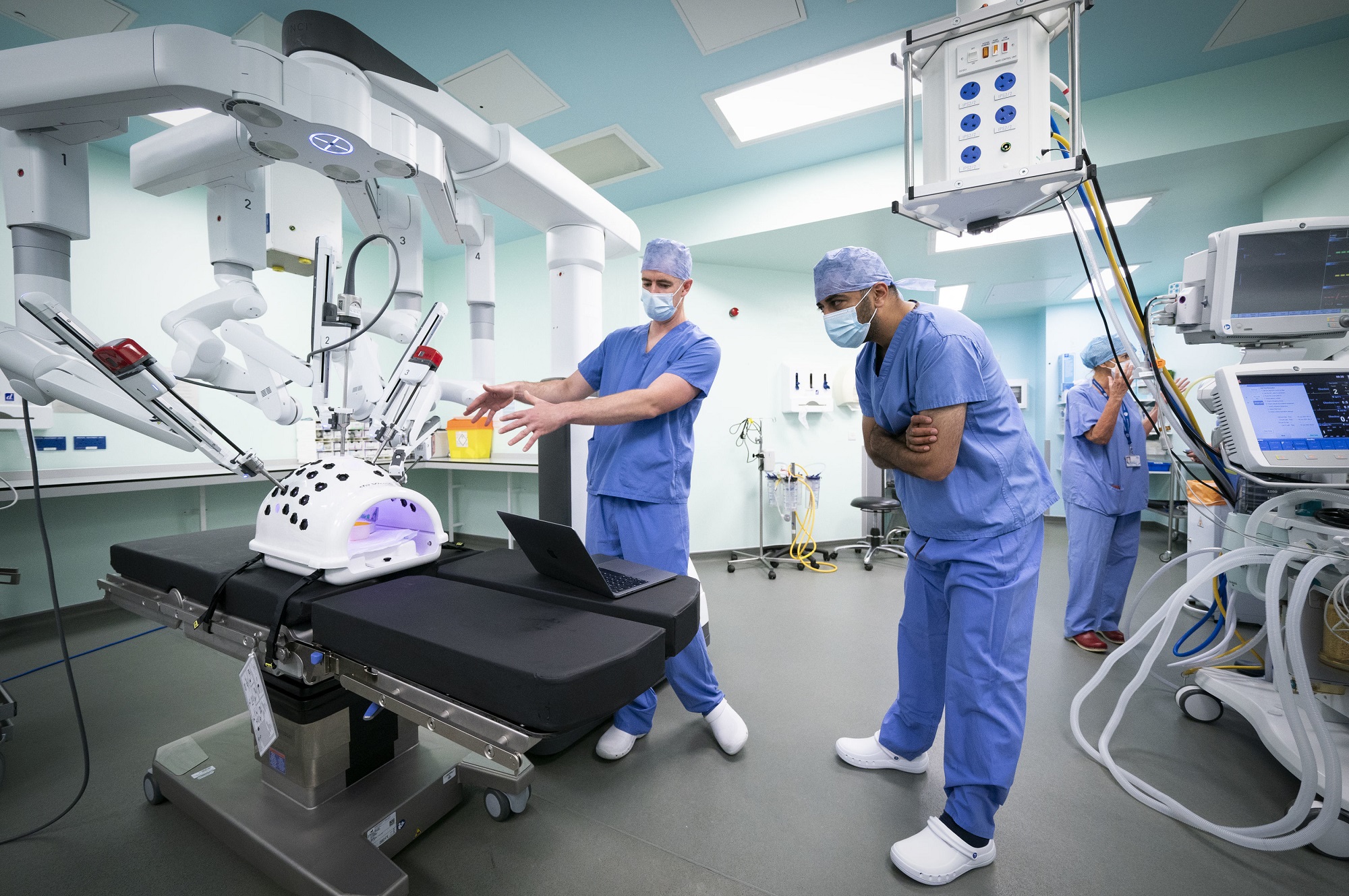Surgeries are a nasty business, often requiring doctors to cut deep into the human body to remove tumors and other disease-related issues. Now, new reports from a retired CBC journalist showcase just how pivotal robots like the Da Vinci surgical robot can be in these high-risk operations.
According to retired journalist Glenn Deir, without the Da Vinci robot to help move his surgery along, he would still be suffering from a nasty tumor on his tonsils, or worse, he would have died from the cancer. The inoperable tumor was part of a resurgence of cancerous material, which left Deir facing his second major bout with cancer, as the tumor also extended to the back of his tongue.
To remove the cancerous tumor, doctors would have to delicately cut the tonsil, tongue, and throat, a procedure that didn’t have any volunteers lining up to take a swing at it, Deir explains in an article he wrote. His only hope, then, came in the form of the Da Vinci surgical robot, whose “fingers” are capable of reaching where a human hand cannot.

“It was more complicated than Dr. Corsten anticipated. The previous radiation had made the tonsil stiff; it didn’t pull away easily. The tumor on my tongue was the size of a large cherry. He also had to rotate a muscle to close a gap in my throat. I woke up with a feeding tube up my nose and an incision that ran the full length of my neck,” Deir explained.
But the surgery was a success, and Deir’s tumor was removed, leaving him to recover and learn to talk again after having his tongue, throat, and tonsil cut. Without Da Vinci, though, the surgery would have been a lot different. The doctor says they would have had to cut his jaw in two to reach the tumor and remove it by hand.
Instead, with the help of the Da Vinci surgical robot and the guiding hands of one Dr. Martin Corsten (who controlled the robot during the surgery), it only required an incision on his neck. This story and the creation of robots that can perform surgeries autonomously show just how pivotal robotics have become to the surgical world. You can read Deir’s full account of the surgery on CBC.








